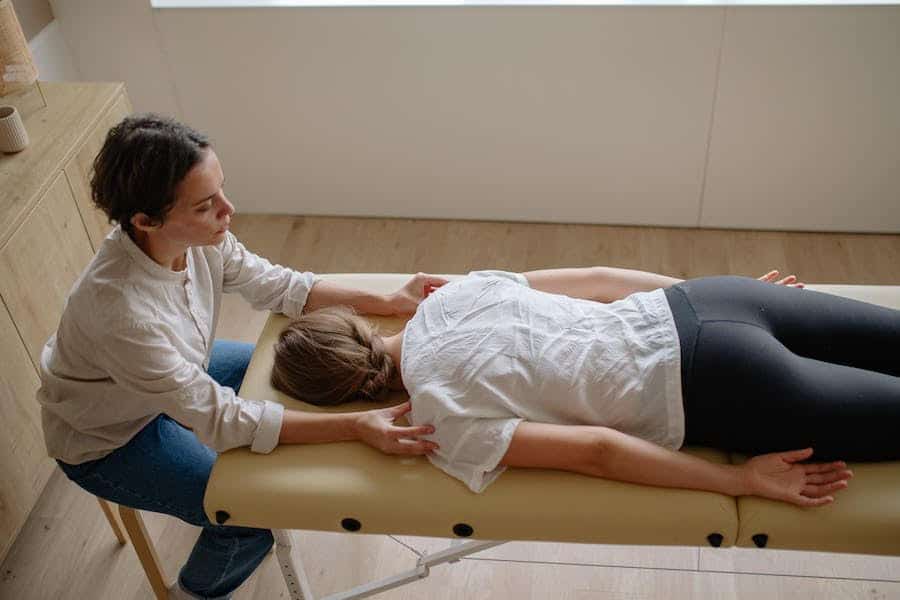Let’s say you’ve recently suffered a stroke and spent a considerable time in the hospital. Thankfully, your tests show positive results and your doctors have agreed to discharge you from the medical facility. What will happen next? Physiotherapy or Occupational Therapy? That’s where discharge planning comes into play.
As 20% of patients encounter adverse events within a month of discharge (75% of adverse events possibly prevented or mitigated), one requires a well-thought-out discharge plan. Among possible complications (that may result in hospital readmission) include:
- Adverse drug effects
- Hospital-acquired infections
- Procedural complications
However, reduced readmission isn’t the only reason for discharge planning. As a patient is to be discharged from hospital, he would be eager to return to their routine. But that’s easier said than done, especially when it comes to traumatic brain injuries and the like.
In most cases, the patient, close family members, hospital nursing staff, and rehabilitation experts (including a physiotherapist, occupational therapist, and speech and language specialist) would meet to discuss what happens post-discharge. The patient may require continuous rehabilitation to help them return to everyday activities. Such as taking a shower or walking up and down the stairs.
Now, another question appears on the horizon: What type of therapy is better for you? Let’s discuss the options. The most notable ones are physiotherapy and occupational therapy. While they may appear interchangeable, that cannot be further from the truth.
Physiotherapy (or Physical Therapy)
Are you not as active as you used to be? Do you suffer from frequent falls, unsteady walking, poor balance, and a decrease in movement range? If yes, you would depend on a physical therapist to ease your troubles.
If your goal is to restore mobility, physical therapy, or PT, is the way to go. PT is helpful following injury, surgery, or disease. A physiotherapist will evaluate and diagnose movement challenges. After that, they will help you improve muscles and joints to improve the situation or correct the problem. With PT, one will minimise the need for long-term reliance on pain meds. Further, you will find better ways to manage your condition and achieve optimum mobility.
On top of that, a physiotherapist has other goals. They want to prevent your condition from worsening. Equally as important is their aim to educate you on ways to maintain your overall fitness and functionality.
Every patient is different. Therefore, a physical therapist will study your medical history and current conditions to help them develop a plan (and goals) for therapy. To achieve the objectives, you may encounter the following techniques:
- Targeted exercises
- Stretching
- Hands-on manipulation
- Hot and cold applications
- Massage
- Ultrasound
- Electrical stimulation
Occupational Therapy
If you suffered a painful injury or medical condition that hinders you from performing your usual activities, consider getting occupational therapy (OT). An ageing adult would also benefit tremendously from OT. Simple acts such as brushing teeth or showering can become annoying challenges. With occupational therapy, the aim is an improved quality of life. Despite injury, illness, or age, you want to be independent to lead a full life. This sense of autonomy will also help one live longer and happier.
While occupational therapy may occur in a hospital setting, the home is the perfect environment. At home, your therapist will be in the best position to evaluate the area and adapt it to reach your lifestyle goals. Likewise, the occupational therapist may recommend exercises and adaptive equipment, such as a raised toilet seat or grab bar. These tools not only make life easier but prevent falls and other injuries. On top of it, they encourage independence.
As occupational therapy frequently happens in the home setting, the therapist may offer guidance and education to family members and caregivers. Further, they may join forces with other rehab therapists to coordinate care for optimised results. For example, the team may design personalised physical therapy exercises to reduce stiffness and improve flexibility and strength.
Other areas in which occupational therapy helps a patient include:
- Vision
- Self-care
- Cognitive skills and memory
- Pain management
The Differences (and Similarities) Between OT and PT
While occupational therapy shares similarities with physical therapy, they diverge in their primary objectives. Another contrast is the ways of aiding patients. The fundamental distinction lies in their focus: physical therapy aims to enhance a patient’s physical mobility, whereas occupational therapy centres on improving their capacity for self-care and daily activities.
For instance, a physical therapist concentrates on rebuilding muscle strength and mobility in individuals recovering from conditions like strokes, while an occupational therapist assists patients in mastering essential daily tasks such as walking, eating, bathing, and dressing. Frequently, these two therapies are integrated to provide comprehensive relief and maximise a patient’s overall progress.
With that said, the overall purposes of OT and PT are the same. They both aim to improve your functions and quality of life. With OT and PT, you will gain valuable knowledge to maintain your health and well-being. Another similarity lies in their design. Both imply hands-on care tailored to your specific needs. Additionally, the tasks tackled by occupational and physical therapists may overlap. These may include stretches and exercises.
Deciding Between PT and OT
Upon leaving the hospital, you may experience a sense of dread. How will you survive without the help of those wonderful nurses? Will you ever be able to use the toilet independently again? Is walking up and down the stairs a challenge you have to endure for the rest of your life? Don’t let these worries plague your well-being. With the right specialists by your side, you’ll be able to return to your everyday activities before you know it.
Based on your specific needs and conditions, your doctor will help you decide whether physiotherapy or occupational therapy is the right choice. As you explore your options, talk to the people at Lifeweavers. With a team of highly qualified specialists, our purpose is to deliver a personal, detail-oriented healthcare experience.
We are open to direct referral to our therapy services and are happy to discuss your cases.





